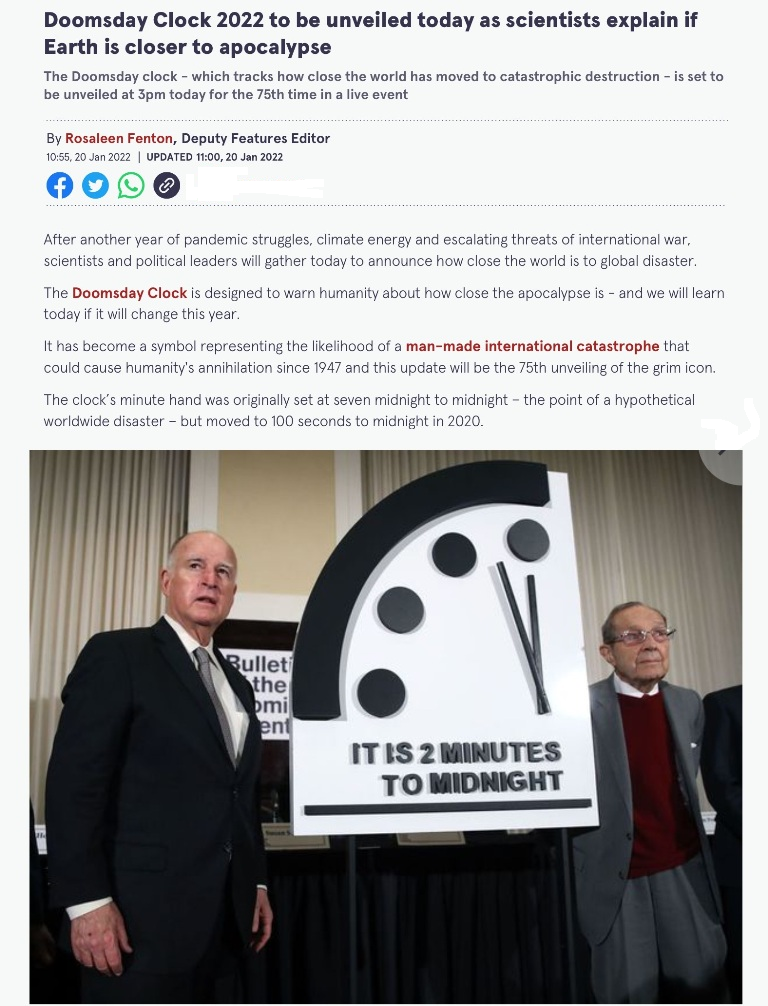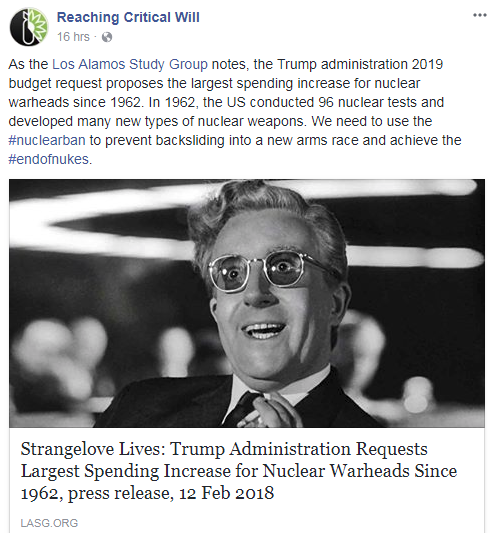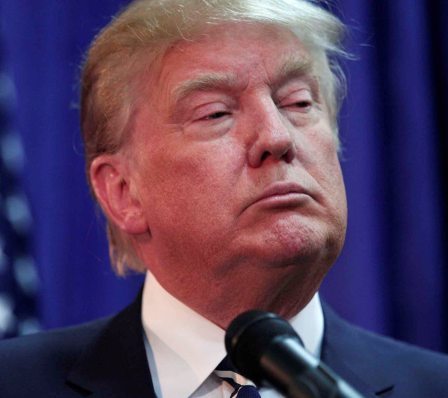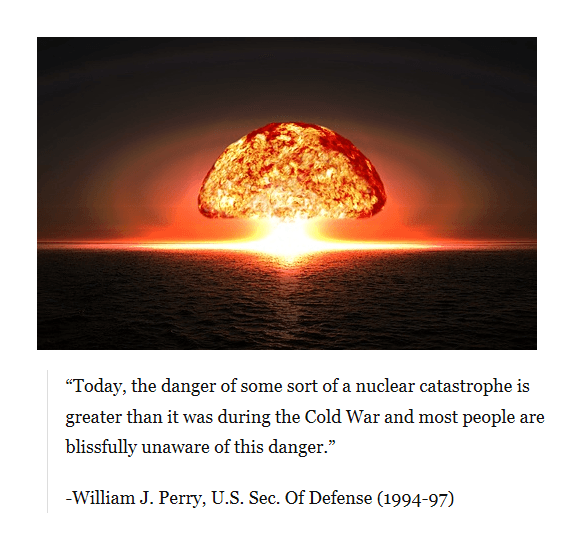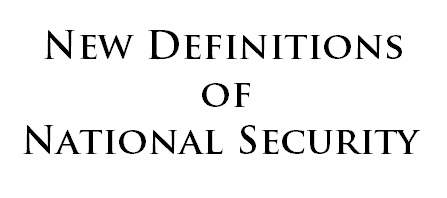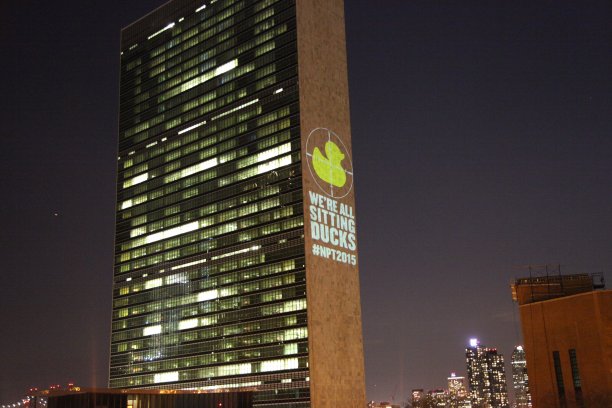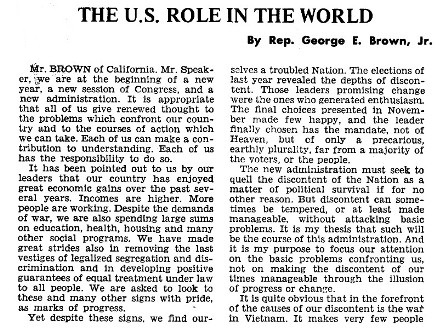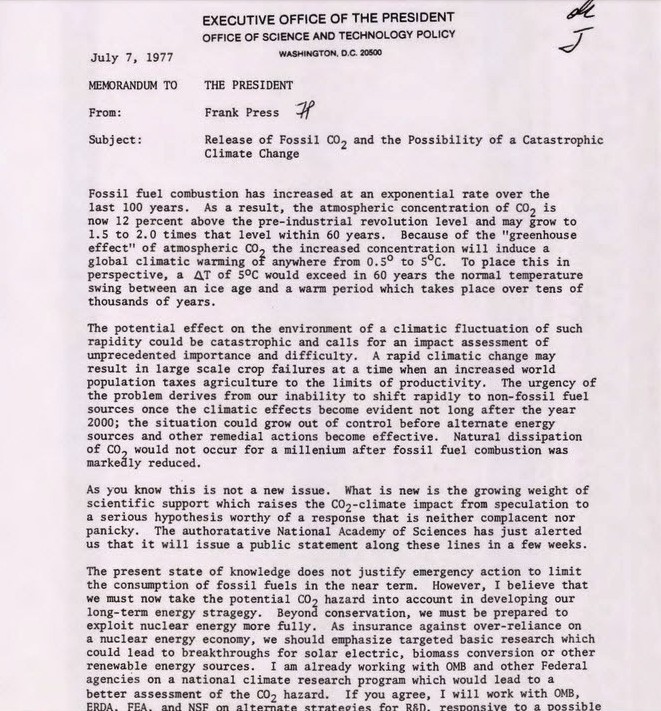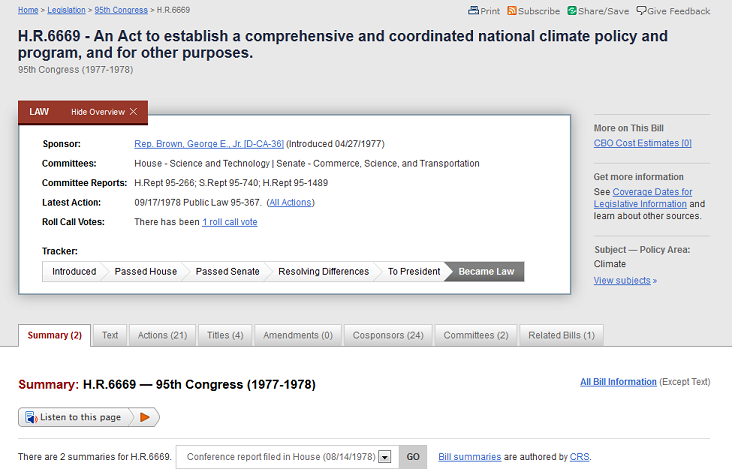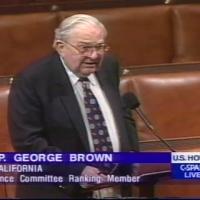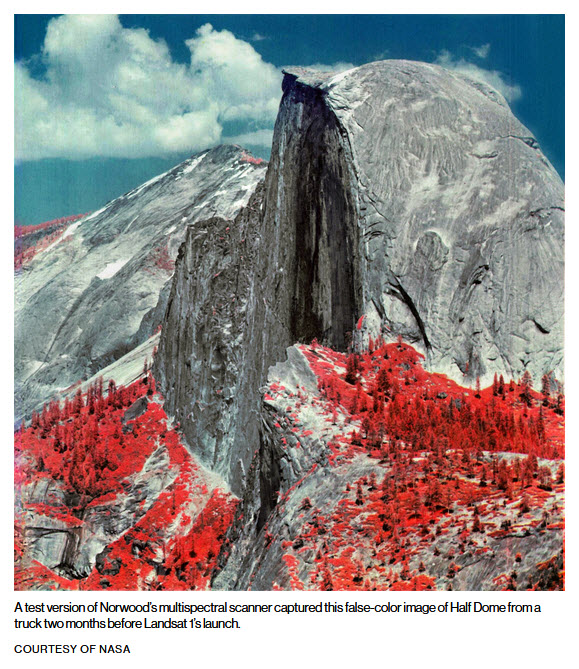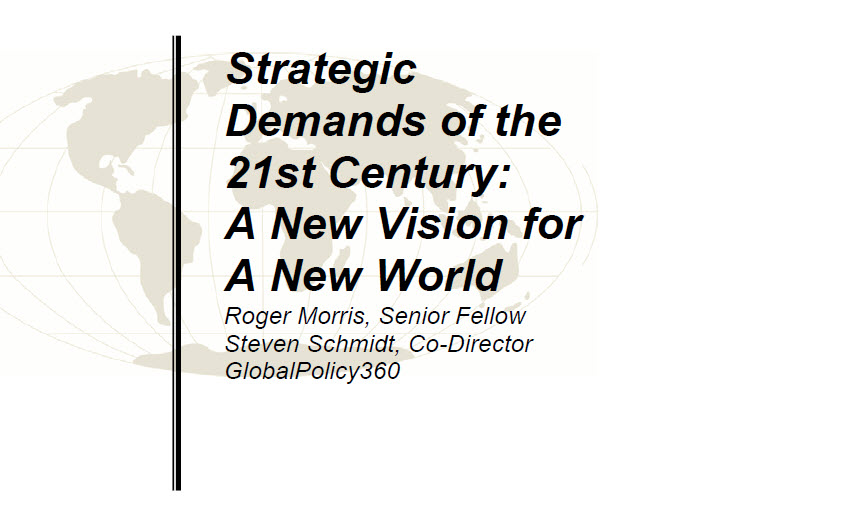Nuclear Proliferation: Difference between revisions
Siterunner (talk | contribs) No edit summary |
Siterunner (talk | contribs) No edit summary |
||
| Line 4: | Line 4: | ||
GreenPolicy360 Siterunner: Scroll to the | GreenPolicy360 Siterunner: Scroll to the start of this page below, to a beginning under a school desk in 1963, to chart the chronology of a anti nuclear proliferation journey... | ||
| Line 12: | Line 12: | ||
·········································································································································· | |||
Revision as of 17:28, 26 January 2022
2022
GreenPolicy360 Siterunner: Scroll to the start of this page below, to a beginning under a school desk in 1963, to chart the chronology of a anti nuclear proliferation journey...
A Nuclear Life Chronology
(Or How Not to Want the Bomb and How to Become a Lifelong Nonproliferation Activist)
··········································································································································
For those who are not techno types, the word 'CrowdStrike' means nothing, but for those who are involved in the Net and Web, in its development and security, CrowdStrike means state-of-the-art security services. The company was co-founded by this man, Dmitri Alperovitch.
- https://nationalsecurity.gmu.edu/dmitri-alperovitch/
- https://en.wikipedia.org/wiki/Dmitri_Alperovitch
- https://en.wikipedia.org/wiki/CrowdStrike
Following is a thread of his, about Russia and Ukraine, of casus belli, causes for war and what's likely being woven....
Take time to read his thoughts here.
GreenPolicy360, with Strategic Demands, also is following the news of imminent war -- and we are focusing as we have over the years on nuclear issues involved in nuclear weapons proliferation and dangers of nuclear use. The Ukraine is, although few in the press report it, a strategic nuclear issue...
Take a closer look -- https://strategicdemands.com/russia-ukraine-belarus-nato-eu-us/
····························································································································
2021/2020
Our advice to President-elect Biden: Break the dangerous pattern of nuclear competition with Russia
A 'Secret' Nuclear Weapons System
“I have built a nuclear—a weapons system that nobody’s ever had in this country before. We have stuff that you haven’t even seen or heard about. We have stuff that Putin and Xi have never heard about before. There’s nobody—what we have is incredible.”
Perhaps, a hyperglide system?
Or perhaps the US president was revealing the W76-2, a new nuclear warhead that fits on the Trident D-5 submarine-launched ballistic missiles.
As reported (publicly):
The U.S. Navy currently fields 12 nuclear-powered ballistic missile submarines, each equipped with approximately 20 Trident D-5 submarine launched missiles. Each D-5 carries between four and five W-76 warheads each. The W-76 has an explosive yield of approximately 100 kilotons, or about six times the power of the bomb dropped on Hiroshima. With a range of 4,600 miles, a U.S. missile submarine parked off the coast of Canada could rain up to 80-100 warheads on western Russia.
2019
'Limited' Nuclear Conflict
Visit GreenPolicy360's associate Strategic Demands
Regional Nuclear Conflict will deliver, science says, Global Nuclear Catastrophe
2018
2017 / 2016
(GreenPolicy360's continuing coverage of nuclear weapons issues is in association with www.strategicdemands.com)
Opinion by the New York Times Editorial Board / Oct. 26, 2017
The United States nuclear arsenal consists of 4,000 warheads, plus more than 2,000 warheads awaiting dismantlement. This number came into focus recently after a report that President Trump said in July that he wanted a huge increase in the country’s nuclear capability. ... more troubling, Mr. Trump can unilaterally order a nuclear strike at any time. Senator Bob Corker, a Republican, has called the president’s threats toward other countries reckless, saying they could set the nation “on the path to World War III.”
Every effort must be made to avoid the use of nuclear weapons. Reducing the nuclear stockpile is one important step. But legislators can go even further by requiring the president to seek a declaration of war from Congress before launching a first nuclear strike, as Senator Ed Markey of Massachusetts and Representative Ted Lieu of California, both Democrats, have proposed.
From Strategic Demands / GreenPolicy360
US Senator and Others Question US President's Fitness -- Again, Use of Nukes Raised
US President Threatens at the UN
News in Depth: The US President & Nuclear Codes
- James R. Clapper Jr., former director of US national intelligence, questioned President Trump’s fitness for office following the president's speech in Phoenix on Tuesday, August 22.
- “I really question his ability to be — his fitness to be — in this office... I also am beginning to wonder about his motivation for it — maybe he is looking for a way out...” Clapper continued that he is worried about the president’s access to nuclear codes.
- “In a fit of pique he decides to do something about Kim Jong Un, there’s actually very little to stop him,” Clapper said, referencing the US president and North Korean leader.
- “The whole system is built to ensure rapid response if necessary. So there’s very little in the way of controls over exercising a nuclear option, which is pretty damn scary.”
#HairTrigger: The Risks of Nuclear War Escalate
A Stark Nuclear Warning
By Jerry Brown
New York Review of Books / July 2016
Review of My Journey at the Nuclear Brink
by William J. Perry, with a foreword by George P. Shultz
I know of no person who understands the science and politics of modern weaponry better than William J. Perry, the US Secretary of Defense from 1994 to 1997. When a man of such unquestioned experience and intelligence issues the stark nuclear warning that is central to his recent memoir, we should take heed. Perry is forthright when he says: “Today, the danger of some sort of a nuclear catastrophe is greater than it was during the Cold War and most people are blissfully unaware of this danger.”1 He also tells us that the nuclear danger is “growing greater every year” and that even a single nuclear detonation “could destroy our way of life.”
In clear, detailed but powerful prose, Perry’s new book, My Journey at the Nuclear Brink, tells the story of his seventy-year experience of the nuclear age. Beginning with his firsthand encounter with survivors living amid “vast wastes of fused rubble” in the aftermath of World War II, his account takes us up to today when Perry is on an urgent mission to alert us to the dangerous nuclear road we are traveling.
Reflecting upon the atomic bombing of Hiroshima and Nagasaki, Perry says it was then that he first understood that the end of all of civilization was now possible, not merely the ruin of cities. He took to heart Einstein’s words that “the unleashed power of the atom has changed everything, save our modes of thinking.” He asserts that it is only “old thinking” that persuades our leaders that nuclear weapons provide security, instead of understanding the hard truth that “they now endanger it.”
Nuclear Issues / Cold War 2.0
New Arms Race Qua Old Arms Race
At the UN: Abolish Nuclear Weapons
- ············································································································
○ ○ ○ ○ ○ ○
2015 / 2014
Escalation, Echoes of Assured Destruction
○
Going BZhRK, Looking Backward, Looking Forward
http://strategicdemands.com/going_bzhrk/
○ ○ ○ ○ ○ ○ ○ ○ ○ ○ ○ ○ ○ ○ ○ ○ ○ ○ ○ ○ ○
GLOBAL NUCLEAR RISK REDUCTION
As world leaders descended on the United Nations in New York for the 2015 Non-Proliferation Treaty (NPT) Review Conference, the Global Zero Commission on Nuclear Risk Reduction — led by former U.S. Vice Chairman of the Joint Chiefs of Staff General James E. Cartwright and comprised of international military experts — issued a bold call for ending the Cold War-era practice of keeping nuclear weapons on hair-trigger alert.
"Hair-Trigger" Update (2017) -- http://strategicdemands.com/nuclear-hair-trigger
The Commission's extensive report calls for (1) an urgent agreement between the United States and Russia to immediately eliminate "launch-on-warning from their operational strategy, and to initiate a phased stand down of their high-alert strategic forces, beginning with taking 20% of both countries' nuclear forces off launch-ready alert within one year and 100% within 10 years; and (2) a longer-term global agreement requiring all nuclear weapons countries to refrain from putting nuclear weapons on high alert.
_ _ _ _ _ _ _ _ _
NY TIMES Opinion Pages | OP-ED
How to Avert a Nuclear War
By JAMES E. CARTWRIGHT and VLADIMIR DVORKIN
April 2015
We find ourselves in an increasingly risky strategic environment. The Ukrainian crisis has threatened the stability of relations between Russia and the West, including the nuclear dimension — as became apparent last month when it was reported that Russian defense officials had advised President Vladimir V. Putin to consider placing Russia’s nuclear arsenal on alert during last year’s crisis in Crimea.
Diplomatic efforts have done little to ease the new nuclear tension. This makes it all the more critical for Russia and the United States to talk, to relieve the pressures to “use or lose” nuclear forces during a crisis and minimize the risk of a mistaken launch.
The fact is that we are still living with the nuclear-strike doctrine of the Cold War, which dictated three strategic options: first strike, launch on warning and post-attack retaliation.
There is no reason to believe that Russia and the United States have discarded these options, as long as the architecture of “mutually assured destruction” remains intact.
For either side, the decision to launch on warning — in an attempt to fire one’s nuclear missiles before they are destroyed — would be made on the basis of information from early-warning satellites and ground radar. Given the 15- to 30-minute flight times of strategic missiles, a decision to launch after an alert of an apparent attack must be made in minutes.
This is therefore the riskiest scenario, since provocations or malfunctions can trigger a global catastrophe. Since computer-based information systems have been in place, the likelihood of such errors has been minimized. But the emergence of cyberwarfare threats has increased the potential for false alerts in early-warning systems. The possibility of an error cannot be ruled out.
American officials have usually played down the launch-on-warning option. They have argued instead for the advantages of post-attack retaliation, which would allow more time to analyze the situation and make an intelligent decision. Neither the Soviet Union nor Russia ever stated explicitly that it would pursue a similar strategy, but an emphasis on mobile missile launchers and strategic submarines continues to imply a similar reliance on an ability to absorb an attack and carry out retaliatory strikes.
Today, however, Russia’s early warning system is compromised. The last of the satellites that would have detected missile launches from American territory and submarines in the past stopped functioning last fall. This has raised questions about Russia’s very ability to carry out launch-on-warning attacks.
Partly to compensate for the loss of its space-based system, Russia has deployed prefabricated radar units that can be set up quickly along its borders. Some of these are already operational; some are still being tested. Unlike satellite networks, radar can provide accurate information about the scale and targeting of a missile attack — but only once a missile has entered its vicinity, which would most likely be 10 to 15 minutes after launch.
The upside of radar reporting is more information. The downside of having to wait is that it cuts the time for deciding whether to launch on warning. That in turn increases the likelihood of mistaken retaliation. For a submarine missile fired from the Norwegian Sea, Russia’s radar network would give its nuclear decision makers just 10 minutes to respond. America’s early warning systems can be expected to provide about twice as much time.
Clearly, for either side, these timelines are very compressed and the opportunities for ill-considered decisions very real. Launch-on-warning puts enormous strain on the nuclear chains of command in both countries.
In theory, no sensible head of state would authorize a launch-on-warning strike after receiving information that just one missile, or a small number of missiles, were inbound, on the assumption that this was not an intentional, full-scale attack. But the launch-on-warning doctrine still rules in both Russia and the United States — in which case the risk, however small, of cataclysmic error remains.
This risk should motivate the presidents of Russia and the United States to decide in tandem to eliminate the launch-on-warning concept from their nuclear strategies. They should reinstitute military-to-military talks, which were suspended over the Ukraine crisis, to pursue this stand-down as an urgent priority. (A joint decision on this would not destabilize nuclear deterrence: Both countries still have nuclear forces designed to withstand a first-strike attack, guaranteeing retaliatory strikes.)
To reinforce this accord, both countries should refrain from conducting military exercises that involve practicing missile launches based on information from early warning systems. Even if this restraint cannot yet be fully verified, it would be a valuable contribution to strategic stability — and, of course, to preventing an inadvertent nuclear war. This would be a positive step ahead of the 'Non-Proliferation Treaty Review Conference' that the United Nations will host later this month.
Detailed verification measures can come later, once better Russian-American relations are restored. The technical implementation of a decision to abandon the launch-on-warning concept would fall within the framework of the New Start treaty. A phased reduction of the combat readiness of the strategic nuclear forces would provide a safer time buffer for nuclear decision making.'
In periods of heightened tensions and reduced decision times, the likelihood of human and technical error in control systems increases.
Launch-on-warning is a relic of Cold War strategy whose risk today far exceeds its value.
Our leaders urgently need to talk and, we hope, agree to scrap this obsolete protocol before a devastating error occurs.
GreenPolcy360 Siterunner:
A Nuclear Life Chronology
(Or How Not to Want the Bomb and How to Become a Lifelong Nonproliferation Activist)
1963 was not a good year. I am remembering the sirens and then the teacher's voice ordering us to get under our desks in the duck and cover position we were taught when we were told the nuclear attack could come any minute.
At first we joked 'it's a tuckin duckin' and some kids quacked quietly and snickered, but it didn't take long for most of us kids there in our East LA school to realize the adults were deadly serious and, as time passed, the snickering stopped. We waited. Under the desks. Quietly then, counting the minutes, hoping for an all clear, you can get up signal.
◊
SJS / Siterunner: My father in World War 2 was a bomber pilot trained to fly "secret missions."
He spoke to me, on rare occasions, about his training and B-17/29 "special" assignments near war's end.
One day and one story stands out in my memory. Posterity tells me to share his story as my dad has passed away.
War secrets have long faded into history. Marfa/Roswell/Ardmore/Clovis/Alamogordo -- B-17s to B-29s -- missions to the Pacific...
It was in July 1945. At that time my lieutenant father was based in New Mexico at Clovis Army Air Field flying training missions. He was scheduled, as I look today at his yellowing papers with orders in his air force trunk, to transfer to Alamogordo on July 23rd. Curiously, I see a number of destinations on his orders are blank. I'm remembering how he told me that he knew and his crew knew, in their own way, about the first test of a nuclear weapon. They knew it had happened not far from their base and on July 17th newspapers in New Mexico had reported that a "munitions storage depot" had exploded. This was the official line to explain the bright flash in the sky at dawn, 5:30 AM on July 16th, south of Albuquerque.
The initial testing of the first nuclear weapon was at Trinity https://en.wikipedia.org/wiki/Trinity_(nuclear_test) in a barren area of New Mexico known as Jornada del Muerto ("Journey of the Dead Man"). The desolation made it the choice of the Army and scientists who had secretly developed the bomb at the isolated nuclear physics laboratory at Los Alamos.
The B-17 crew that flew that week from Clovis decided (in a departure from the official planned flight path) to veer "off course" and to take a look at the area where the bomb went off... not a good decision, but in those days many of the pilots and crews were strong willed to put it mildly. This crew chose to go where they thought the site of the blast was... They scanned the horizon and in the distance they saw a bright glistening spot in the desert.
They flew over it. He told me it was both frightening and beautiful. It was a crater scattering radiating beams of light up.
The crater from the blast shocked them into silence he remembered. The sand had turned liquid then fused and fallen back to earth. The crater was coated with a 'glass' that would be called "Trinitite".
They flew on without talking, he said. The power of the weapon all too evident. No more fly-boys on a run.
Now they knew what their bomber group, their B-29s, and their special runs with unusual maneuvers were being equipped to do. The military covered over the crater and evidence of the blast.
Then they heard the news, August 6th and 9th, 1945, the atomic bombings of Hiroshima and Nagasaki, Japan.
Looking Back: At Trinity, the First Nuclear Bomb Test - 1945
1965:
Newly elected Congressman George E. Brown and high school sophomore student Steve Schmidt meet. Steve asks for his Congressman's assist in understanding the year's California high school debate topic -- 'Nth Countries and Nuclear Weapons Proliferation'. They agree to work together on this and on politics in the larger picture, the U.S. nuclear weapons and security issues. This begins an over 40 years working relationship that carried thru the peace, environment, science, earth science from space missions... the work was a steady mission.
1968-70
"Earthrise" to the First "Earth Day"
- Environmental Movement, Global Security, Pro Peace
The 70s and 80s
"My friend George" - https://www.greenpolicy360.net/w/George_E._Brown_Jr
GreenPolicy360 Siterunner / SJS: I met George Brown in the mid-1960s and we began to work to make environmental protection a political reality. He changed the direction of my life and was integral to my becoming an environmental activist. George was looking forward to the 21st century and especially to the challenges of environmental earth science programs he led in Congress for decades (George E. Brown - Wikipedia.)
Planet Citizens, Planet Scientists, Preserving & Protecting the Home Planet Earth
GreenPolicy360 Siterunner / SJS: The original Mission Statement of the newly launched U.S. space program spoke of our planet and our responsibilities. GreenPolicy360's founder was fortunate, beginning in the 1960s, to listen to Congressman Brown Congressman George E. Brown point to the NASA plan and explain how he saw Congress put into action the reality of a multi-year, coordinated, multi-agency program to achieve mission goals. Earth science, measuring and monitoring Earth's life-enabling systems was given highest priority. Landsat's program was set in motion as a decades long, first-ever digital scanning remote satellites data collecting study. An array of satellites began to launch, creating and combining the expanding resources of NASA, USGS, NOAA, and an array of educational and scientific institutions and aeronautics business.
The overall goal, Representative Brown would continue to explain in his Congressional Science, Space & Technology leadership roles over the decades, was to understand, preserve and protect our planet as we, humanity, develop the science to look beyond the Earth and study 'the heavens'.
Here's to George Brown and the many visionaries, thinkers and doers who have carried on preserving and protecting our home planet.
The 'Existential' Questions
George, as chairman of the House of Representatives Committee on Science, Space, and Technology, over the years until his sudden death in 1999 played a key role in nuclear weapons oversight. As with the National Climate Act he drafted in the 1970s identifying global warming as a serious, even existential threat, his focus on the threat from his first year in office in the early 1960s saw him leading efforts to reduce the nuclear stockpile and reducing the imminent threat of global destruction. The Congressman's work on non-proliferation stands out. George's letter to the head of the Department of Energy in February 1992 remains a testimony to the need for a new "strategic plan" for the Department of Energy (DOE) nuclear weapons labs.
Congressman Brown singled out nuclear weapons as the Cold War came to an end and alternatives were envisioned. Your GreenPolicy360 editor, at that time, was often in communication with the Congressman on this issue, as I also worked alongside Governor Jerry Brown in formulating the presidential campaign platform of our campaign in 1992. Nuclear issues were top of mind, as were nuclear reduction efforts, non-proliferation and treaties to reduce nuclear stockpiles and build monitoring conventions. George assisted many public interest groups in nuclear oversight work, such as the Los Alamos Study Group. The Congressman's quest to promote peace was steady.
File:George Brown letter-1992 to US Energy Dept-nuclear weapons future.pdf
George Brown / Speaks On Nuclear Weapons
In the mid 1980s and early 1990s George believed that, as the Cold War was ending with the fall of the Berlin Wall and soon thereafter the collapse of the Soviet Union, his strong advocacy for nuclear non-proliferation, his concern for decades, was realizable. Nuclear weapons controls and international nuclear agreements were doable, he thought. George was a visionary, an engineer who had the skills to turn visionary ideas into reality. In the years after your GreenPolicy360 founder first met George and we began decades of our association, I learned he was a World War 2 military veteran who courageously stood up to oppose the disastrous Vietnam war.
As I worked with him over many years we both grew in our politics as we worked together for peace and environmental protection. Big science was at the center of much of George's future-looking agenda. He believed in green politics and was a mentor to me and many. He became a leader in Congress from California who helped shape the modern environmental movement.
Today many of the actions of George Brown continue as models for citizens, cities and nations of the world. California and a green political/environmental protection movement that George helped to begin continue to be out in front with ideas to improve quality of life.
In our GreenPolicy360 work, George's work continues. Even as political opposition to environmental work, anti-nuclear work, anti-war work is at risk, as we look out at a strategic horizon with pressing demands, the foundations put in place by an earlier generation remain strong.
Planet Citizens | Planet Citizens, Planet Scientists
George Brown's work remains with us in his legacy of accomplishment. I miss him often but know he is still around. I feel him when I write of green ideas and look to our kids and education and our shared future...
Let's look at some of what George accomplished before his untimely passing in 1999:
George was instrumental in proposing and establishing the Presidential Office of Science and Technology Policy in 1976. He was working with the National Academy of Sciences as they released a first-ever climate report.
In 1977 he and the new office sent a first government warning of "climatic fluctuation" and "catastrophic" change to President Carter:
Congressman Brown Out in Front of Climate Action
Climate Change - Global Warming Keyword-Terms
First National Climate Act, Historic Work, 1978
GreenPolicy360 Siterunner / SJS: The beginnings of modern environmental and climate science can be traced to the 1960s and 1970s. The U.S. National Academy of Sciences played a key role in laying a foundation of scientific reports and data.
Energy and Climate Report, 1977, National Academy of Sciences / 175 pp. / PDF via GreenPolicy360
George Brown, taking the 1977 Energy and Climate Report from the Academy and made it actionable. In a historic moment, he proposed and drafted the legislation of the first U.S. National Climate Program and shepherded its passage in 1978.
The National Climate Program Act, Public Law 95-367
- This first federal program established to study and assess scientifically the issues and risks of human-caused climate change became a foundation for comprehensive initiatives, with an array of new Earth Science missions led by NASA and NOAA, the EPA and USGS.
At the Beginning of U.S. Science on Global Warming, Strategies & Planning
1978, the First Climate Actions
National Climate Program Act, Public Law 95-367
National Climate Program Act of September 1978
In 1979 came the first follow-on National Science Academy report. This study and report of national scientists was prescient and accurate in its global warming predictions.
○
In his rumpled suits and quiet way George E. Brown moved to form coalitions few thought could be formed and garnered support for the first set of U.S. Congressional acts that served as foundation legislation for decades of green progress.
The First Earth Day: Personal Memories by Steven Schmidt of George's Role
Congressman Brown's work advanced environmental air quality and clean air legislation. He introduced the nation's first bill to ban lead in gasoline and was at the forefront of the Clean Air Act. He attacked Los Angeles smog, some of the worst air quality of any city in the world at the time and the air standards that came out of California became models worldwide. He succeeded in clean air and water efforts, though rarely given credit given his quiet approach to accomplishing big picture goals.
George was a key player in legislation founding the Environmental Protection Agency.
As the LA Times noted (without pomp or circumstance) in George's obituary in 1999: "He championed the creation of the federal Environmental Protection Agency". The creation of the EPA was in many ways Congressman George Brown's vision achieved..."
The founding of the EPA was based on new realizations of science and the environment. The vision of the "Whole Earth" that began with unprecedented Apollo photos on the cover of Life magazine in January 1969 led to a coming together of education, students 'teach-ins', scientific space missions studying earth systems for the first time, and popular demands for environmental protections.
A leader and a chairperson on the House science committee for over 30 years, George legislatively engineered an array of science efforts, including one that greens look to as prescient -- climate science.
When Congressman Brown drafted originating legislation establishing a national climate change research program via the National Climate Program Act of 1978, the scientific community and nation were just beginning to awaken to a new national security threat. I remember his concern, our concern. He was trained as a scientist, an engineer, with an ability to see facts and data sets in a way others could not.
Representative Brown was out in front of "Big Science". In his decades on the House Science, Space & Technology Committee, he worked to expand the reach of science. He knew that good data enabled good policy decisions. He pressed for first-generation earth science satellites and ongoing earth monitoring missions and data sharing.
Among his many initiatives, George Brown was a key figure in proposing, establishing, and then saving the Landsat program and its unique 'open-access' database of Earth Science imaging when President Reagan attempted to shut Landsat down. Landsat was a model for all the following earth science research missions from space and is now moving into its fifth decade with Landsat 9.
Earth Science Research from Space
- Landsat and Virginia Tower Norwood
The 90s
"The '92 U.S. Presidential Campaign: Governor Brown
Organizing a New Green Party, Drafting a Founding Platform, Traveling to Europe with a 'Common Ground' U.S.-European Green Parties Platform Agreement... welcoming a New European Green Party and Global Green Charter
2000 and Beyond
Establishing the Green Institute
Establishing Strategic Demands and GreenPolicy360
Strategic Demands
··········································
Planet Citizens
Nuclear Weapons
Green Party
Earth Science Vital Signs
Nuclear Nonproliferation
New Definitions of National Security
○

